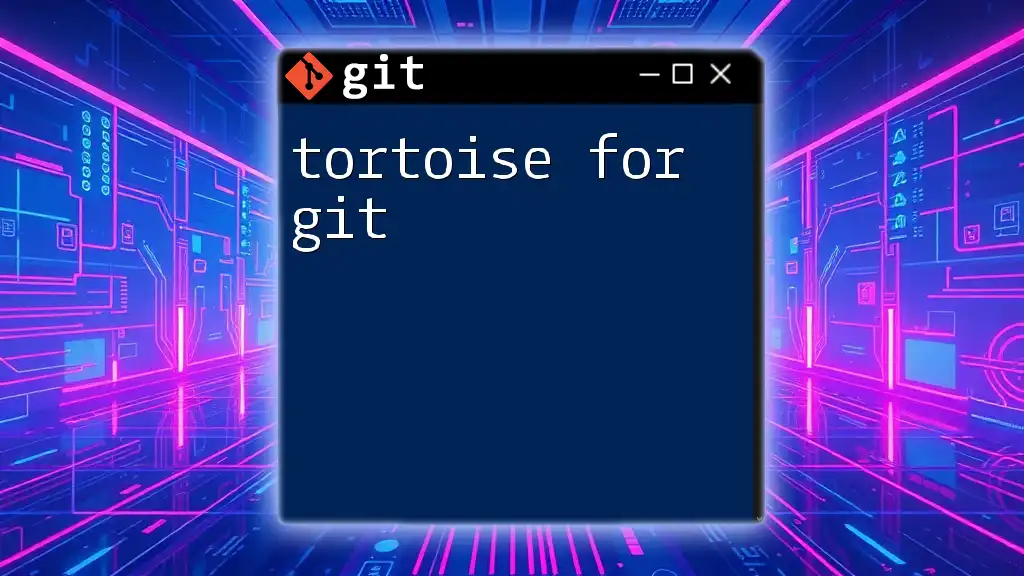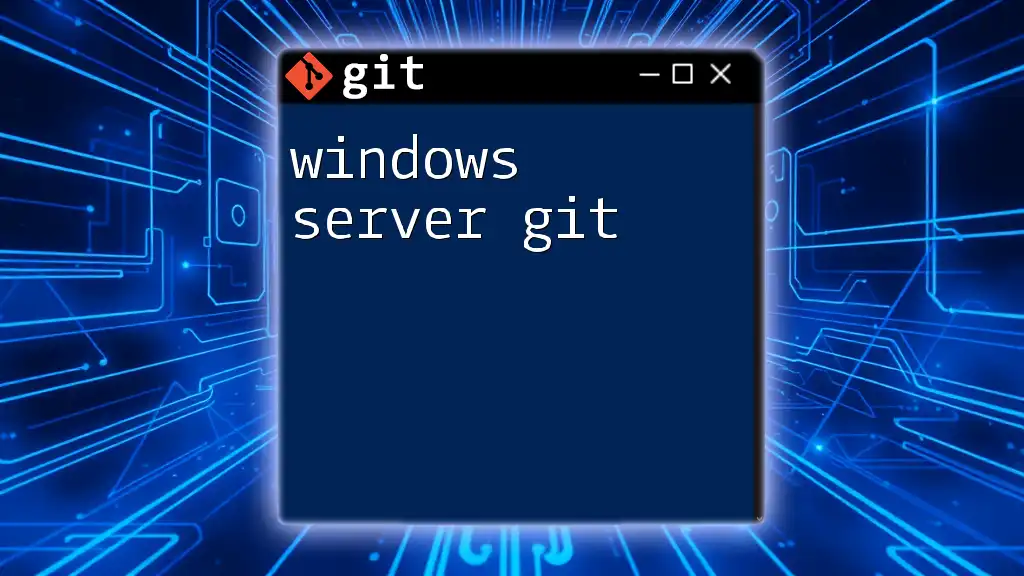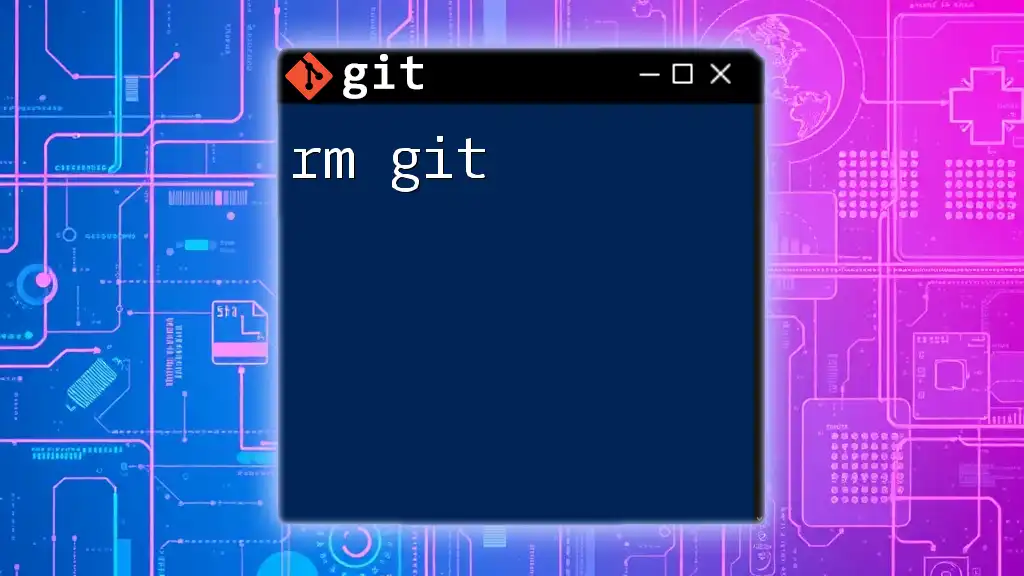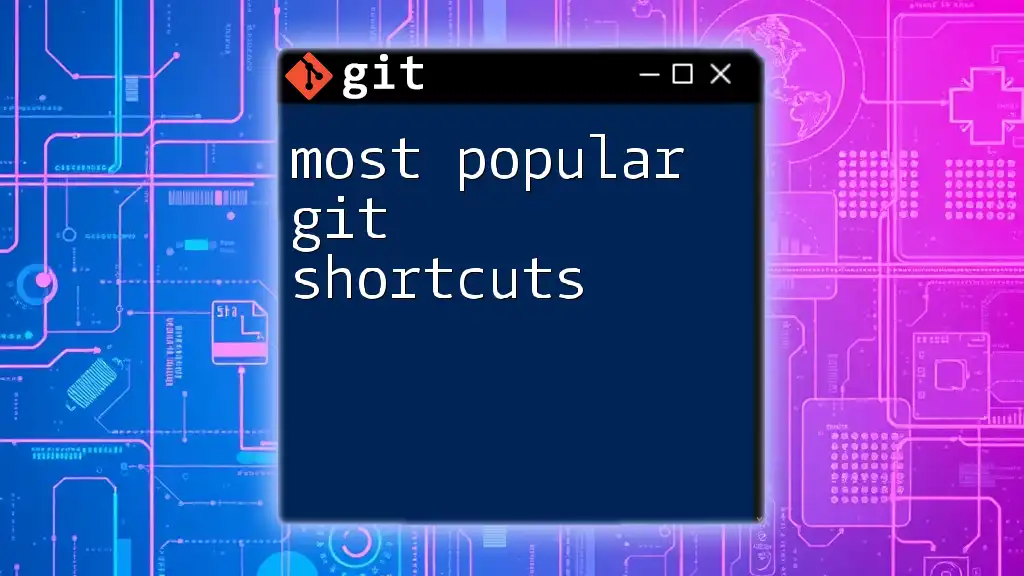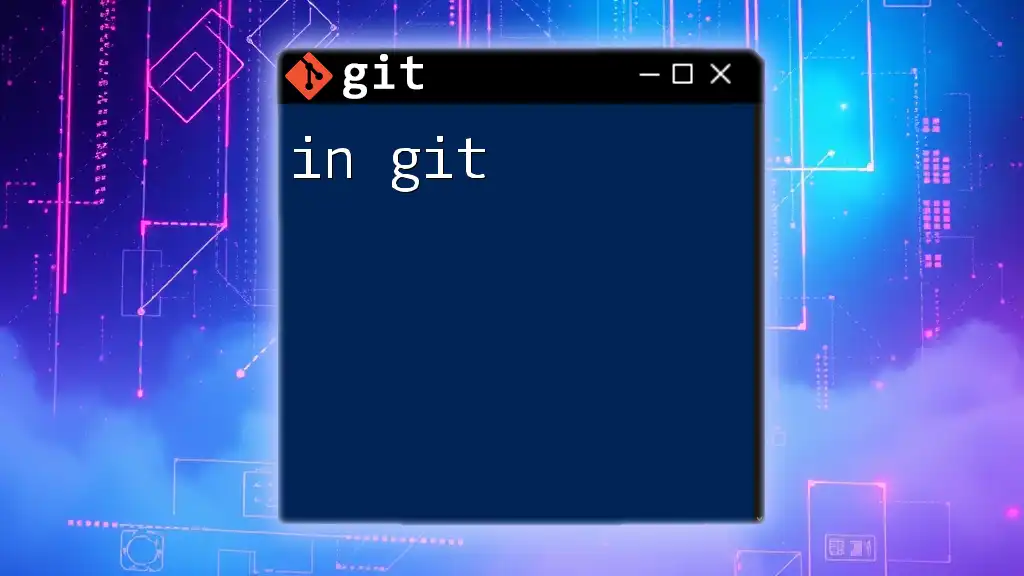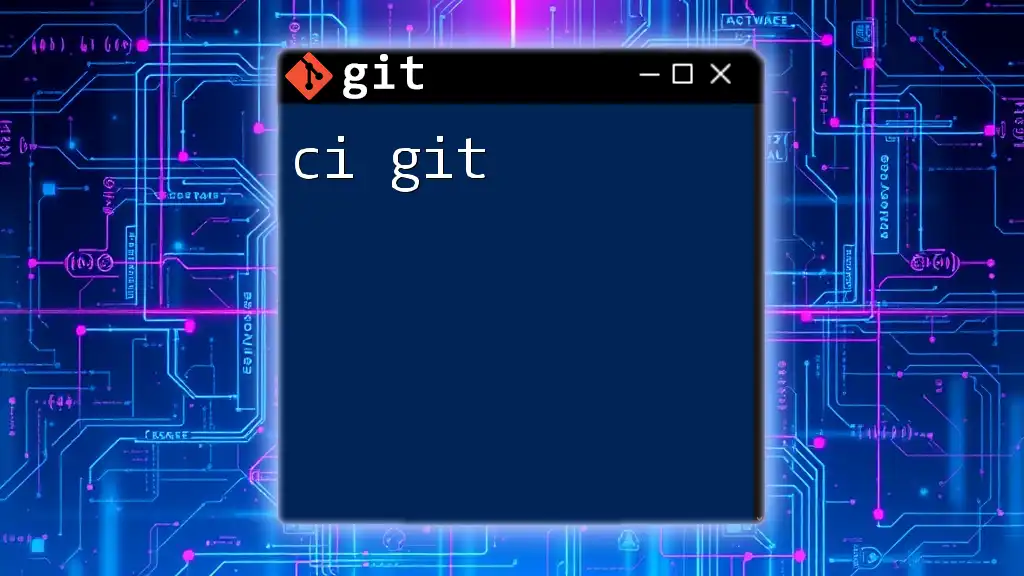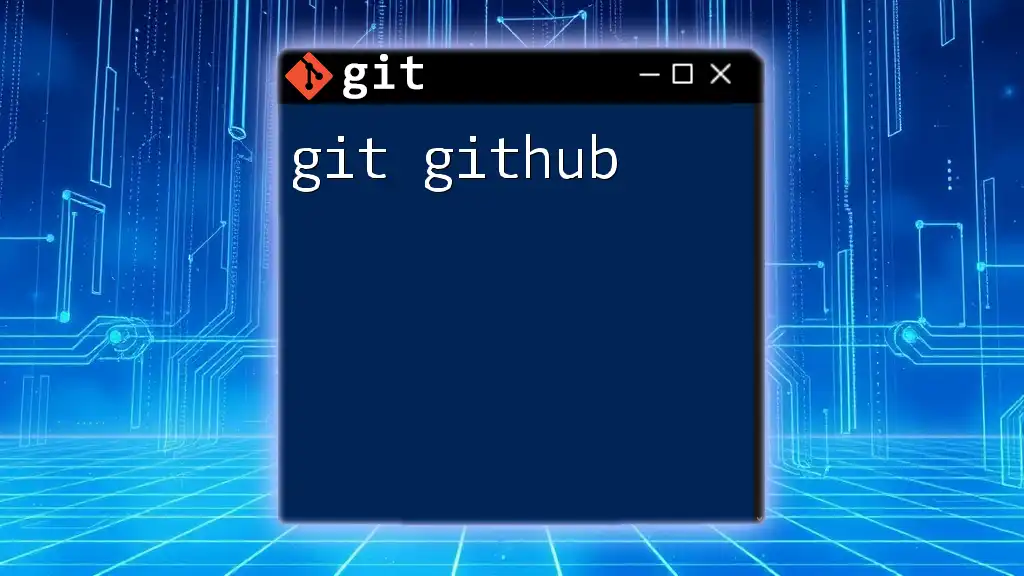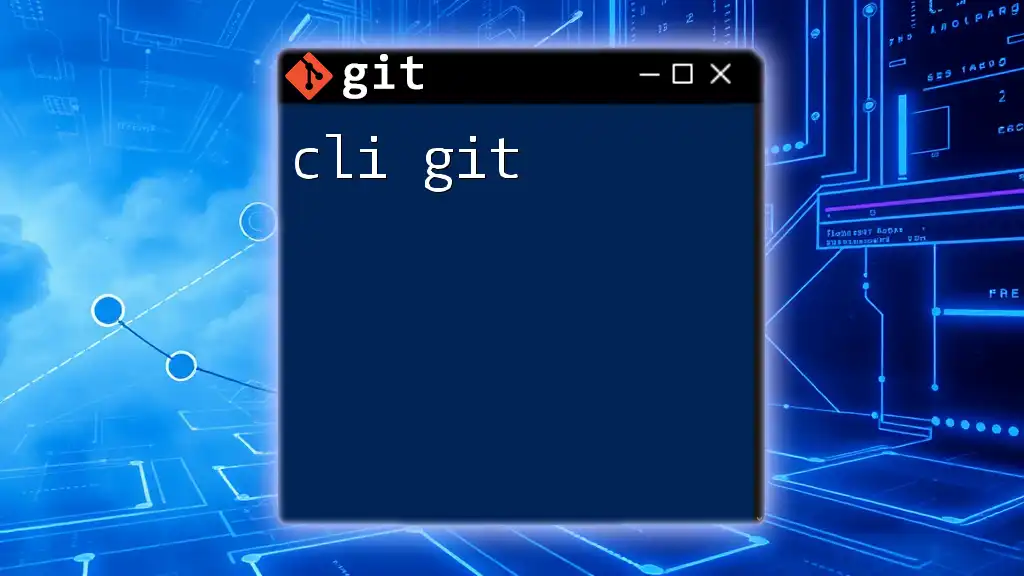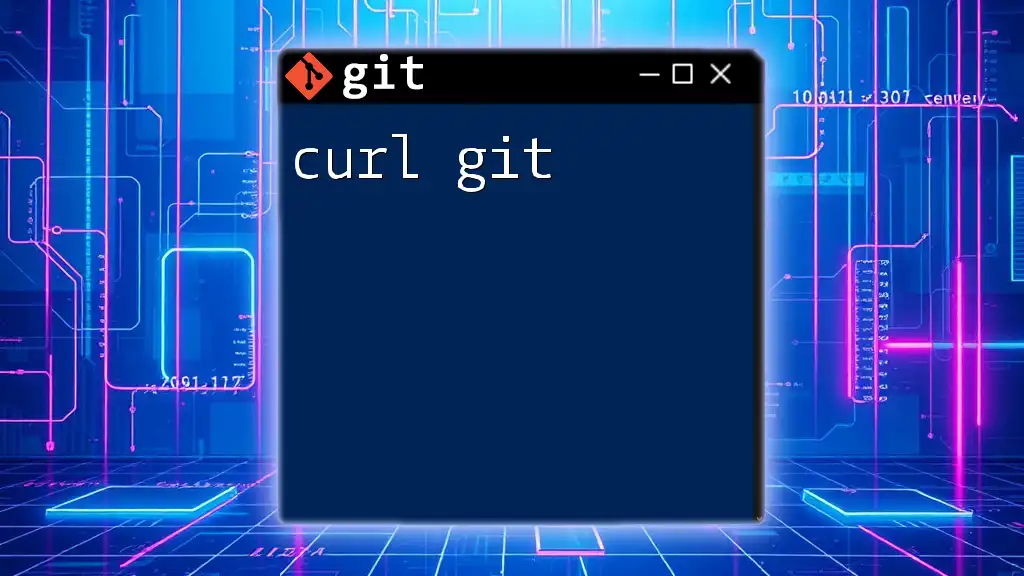The `r` command is not an official Git command, but it might refer to a shorthand for performing certain operations in Git; if you meant `git reset`, which is commonly used to undo changes, here’s an example of its usage:
git reset --hard HEAD~1
This command resets the current branch to the previous commit, discarding all changes made after it.
Introduction to R and Git
What is R?
R is a powerful programming language that is widely used for statistical computing and data analysis. It is known for its flexibility, rich ecosystem of packages, and strong graphical capabilities, making it highly popular among data scientists and statisticians. However, the collaborative nature of data science projects necessitates the use of version control systems like Git. By using Git, R developers can track changes, collaborate easily, and manage multiple versions of their code effectively.
What is Git?
Git is a distributed version control system that allows multiple people to work on collaborative projects without stepping on each other’s toes. Git captures the history of changes made in a repository, which enables users to revert to previous versions if necessary and understand the evolution of a project. This functionality is crucial for R programming, as it helps maintain a clear record of how a project has changed over time.

Setting Up Git for R
Installing Git
To start using Git with R, you'll first need to install it on your machine. Here are the steps for different operating systems:
- Windows: Download the Git installer from [git-scm.com](https://git-scm.com/) and run the setup.
- macOS: You can install Git using Homebrew with the command:
brew install git - Linux: Use your package manager; for example, on Ubuntu:
sudo apt-get install git
Configuring Git
After installation, you need to configure Git to identify you as the author of future commits. This is crucial for project collaboration and accountability.
- Set your username and email with the following commands:
git config --global user.name "Your Name" git config --global user.email "your_email@example.com"
This information will appear in your commit history, helping collaborators know who made each change.
Connecting Git with RStudio
For R users, RStudio provides seamless Git integration that enhances usability. Here's how to set it up:
- Setting up RStudio for Git integration: Go to `Tools` > `Global Options` > `Git/SVN` and point to the Git executable you just installed.
- Creating a new project with Git: In RStudio, go to `File` > `New Project` > `Version Control` > `Git`, and enter your repository URL. This initializes a Git repository in your new R project, enabling you to track changes right away.
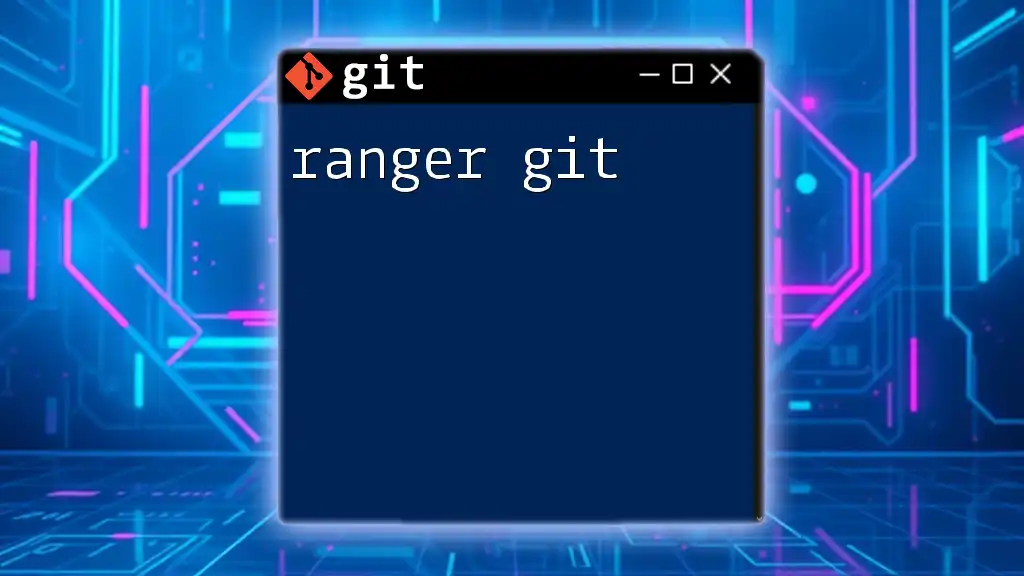
Basic Git Commands for R Projects
Understanding the Git Workflow
Before diving into commands, it’s important to understand the Git workflow. Git operates in three core areas:
- Working Directory: Where changes are made.
- Staging Area: A temporary area where changes are added before committing.
- Repository: The permanent record of your commits and history.
Key Git Commands
git init
To start tracking a new directory with Git, you can initialize a repository with the command:
git init
This command creates a hidden `.git` directory where all your version history will be stored.
git add
Once you’ve made changes to your R scripts, you need to stage them before committing:
git add filename.R
To stage all changed files, use:
git add .
This command prepares all modifications for the next commit, ensuring that your commit history accurately reflects your work.
git commit
Committing is where changes are recorded in Git. Each commit should have a message explaining what was changed. Create a commit with:
git commit -m "Initial commit"
Well-written commit messages provide context for your changes.
git status
To check the current status of your Git repository, including changes and staged files, use:
git status
Regularly checking the status helps you keep track of what’s been modified and what still needs to be committed.
git log
To view your commit history, use:
git log
This command lists all past commits, including their unique IDs, authors, and messages, allowing you to understand the evolution of your project.

Branch Management in Git
What are Branches?
Branches allow you to work on different versions of your project simultaneously without affecting the main codebase. This is particularly useful when experimenting with new features or conducting tests.
Creating and Managing Branches
git branch
To create a new branch, execute:
git branch new-feature
This creates a separate line of development where you can work without disrupting your main project.
git checkout
Switch to the new branch with:
git checkout new-feature
This command changes your working directory to the specified branch, allowing you to work in isolation.
git merge
Once you finish your work on a branch and want to incorporate those changes back into the main branch, use:
git checkout main
git merge new-feature
This command merges the changes made in the `new-feature` branch into the `main` branch, making updates permanent.
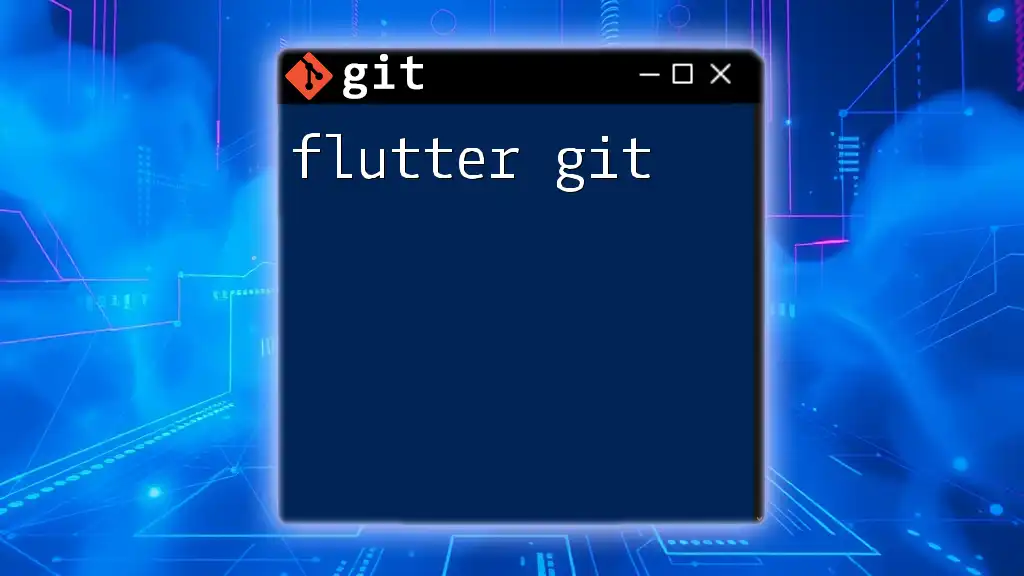
Collaborating with Others
Cloning Repositories
If you want to contribute to an existing project, you can clone their repository. This creates a local copy on your machine:
git clone https://github.com/username/repo.git
This command allows you to make changes locally before pushing them back to the original repository.
Working with Remotes
After setting up your Git repository, you might need to connect it with a remote server (like GitHub or GitLab).
- Adding a remote repository:
git remote add origin https://github.com/username/repo.git
This command associates your local repository with its remote counterpart, allowing you to pull and push changes.
Pushing and Pulling Changes
git push
To send your committed changes to the remote repository, use:
git push origin main
This command transfers your local changes to the specified branch on the remote repository.
git pull
To synchronize your local repository with the updates from the remote repository, use:
git pull origin main
This command fetches and merges changes from the remote branch to your local branch, ensuring that you have the latest updates.
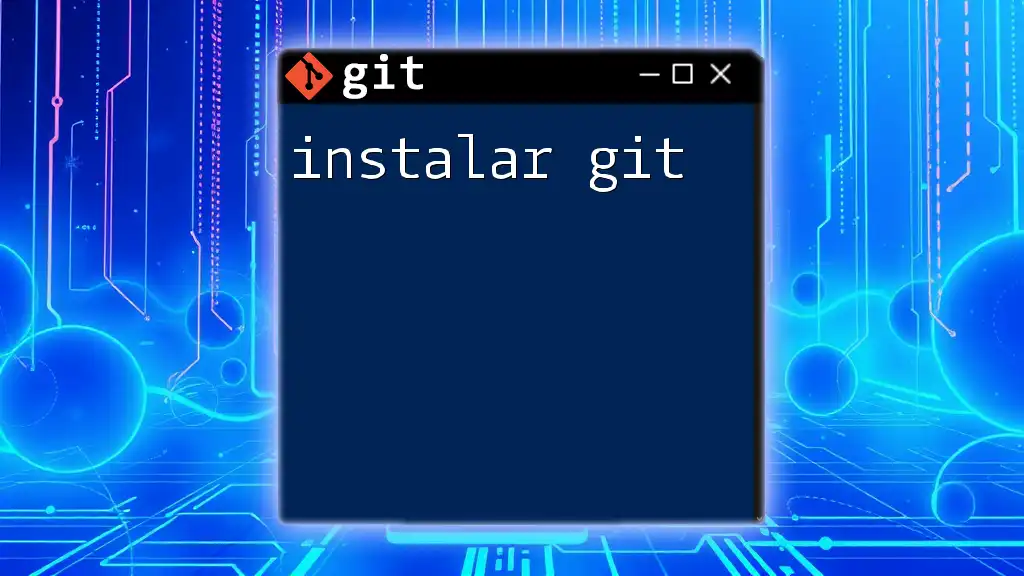
Resolving Conflicts
Understanding Merge Conflicts
Occasionally, when merging branches or pulling updates, you may encounter merge conflicts. This happens when two branches have changes to the same lines of code. Resolving conflicts is essential for maintaining project integrity.
Steps to Resolve Conflicts
To resolve merge conflicts:
- Identify conflicting files through your Git status.
- Use RStudio’s built-in conflict resolution tool or a command-line tool like:
git mergetool - Manually edit the conflicting files to decide which changes to keep, then stage and commit the resolved files.
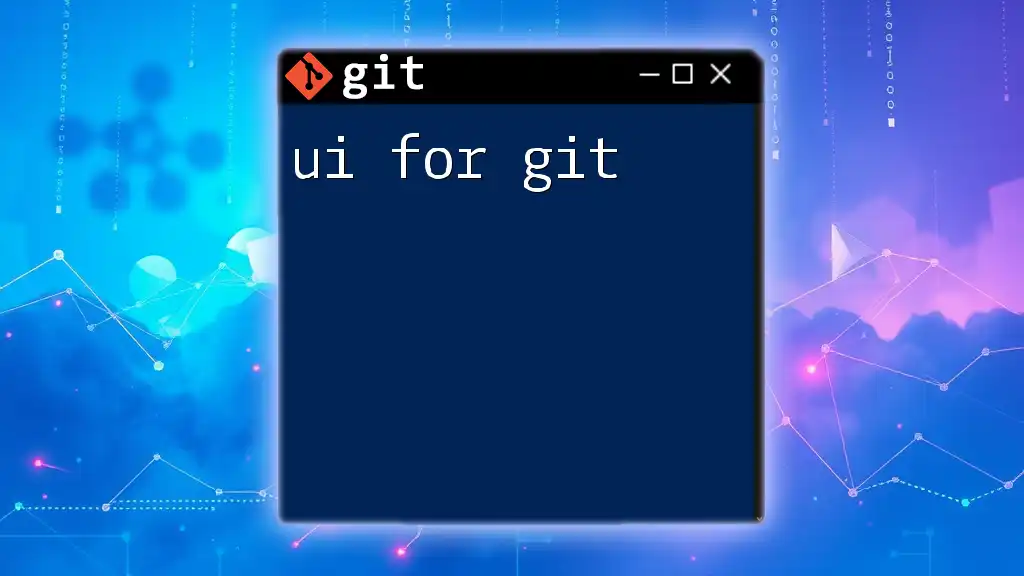
Tips for Effective Git Usage in R
Best Practices for Version Control in R
- Make regular commits: Frequent commits ensure you can track your progress and revert to previous states easily.
- Write detailed commit messages: Descriptive messages provide context, making your project easier to navigate for both you and collaborators.
Using .gitignore
The `.gitignore` file allows you to specify files and directories that Git should ignore, preventing clutter in your repository. Common entries for R projects include:
*.Rhistory
*.RData
*.Rproj.user/
This ensures temporary files and environment settings don’t clutter your version history and version control.
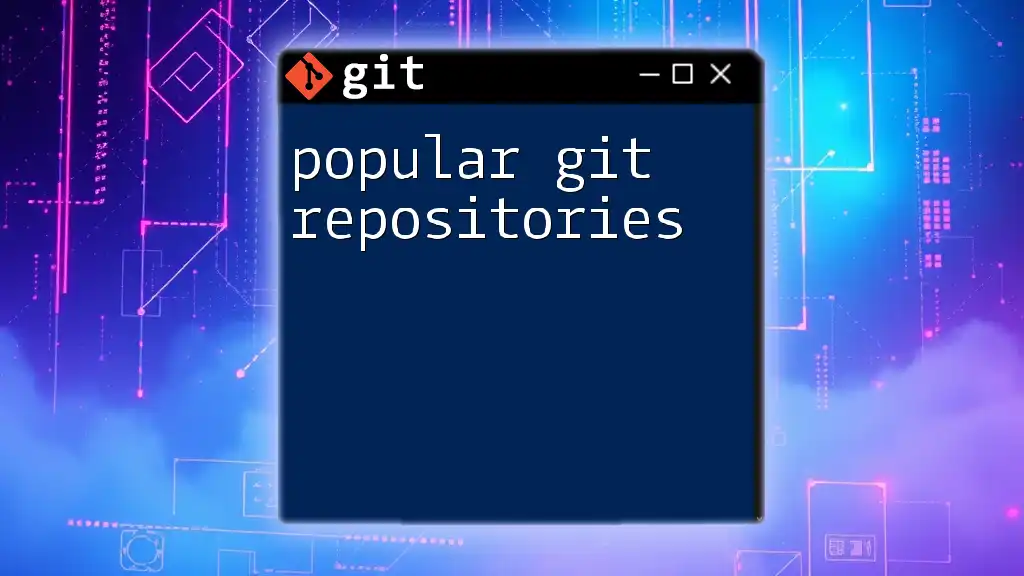
Conclusion
Recap of Key Points
In this guide, we have covered the essentials of using Git alongside R, from setup through collaboration and conflict resolution. Mastering these commands and concepts significantly enhances your data science workflow and collaboration.
Encouragement to Explore Advanced Git Features
As you become comfortable with Git basics, consider diving into more advanced features like tagging for release management or rebasing for a cleaner commit history.
Resources for Further Learning
Explore official documentation and tutorials on Git and R to continue strengthening your skills and understanding of version control in data science projects.







